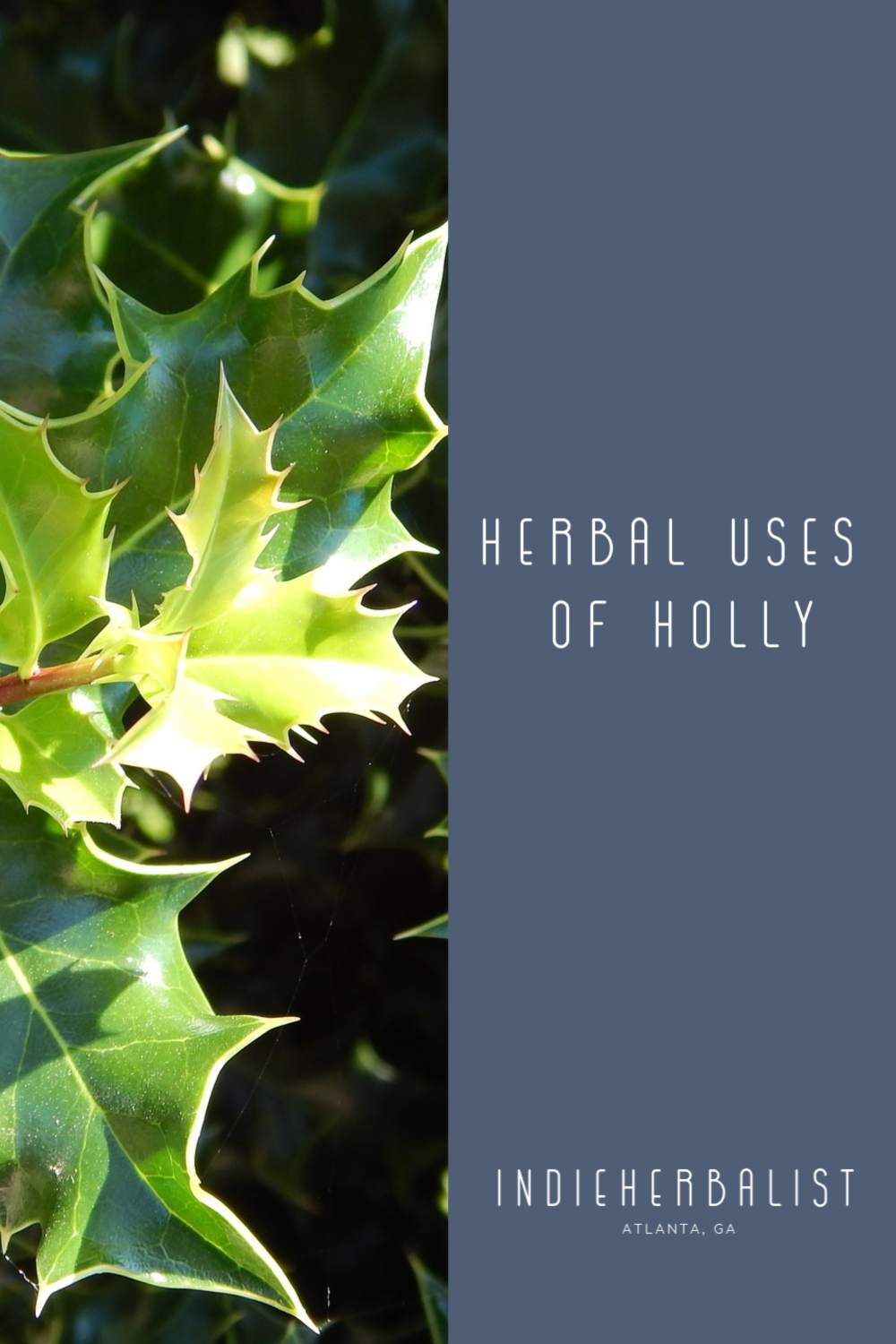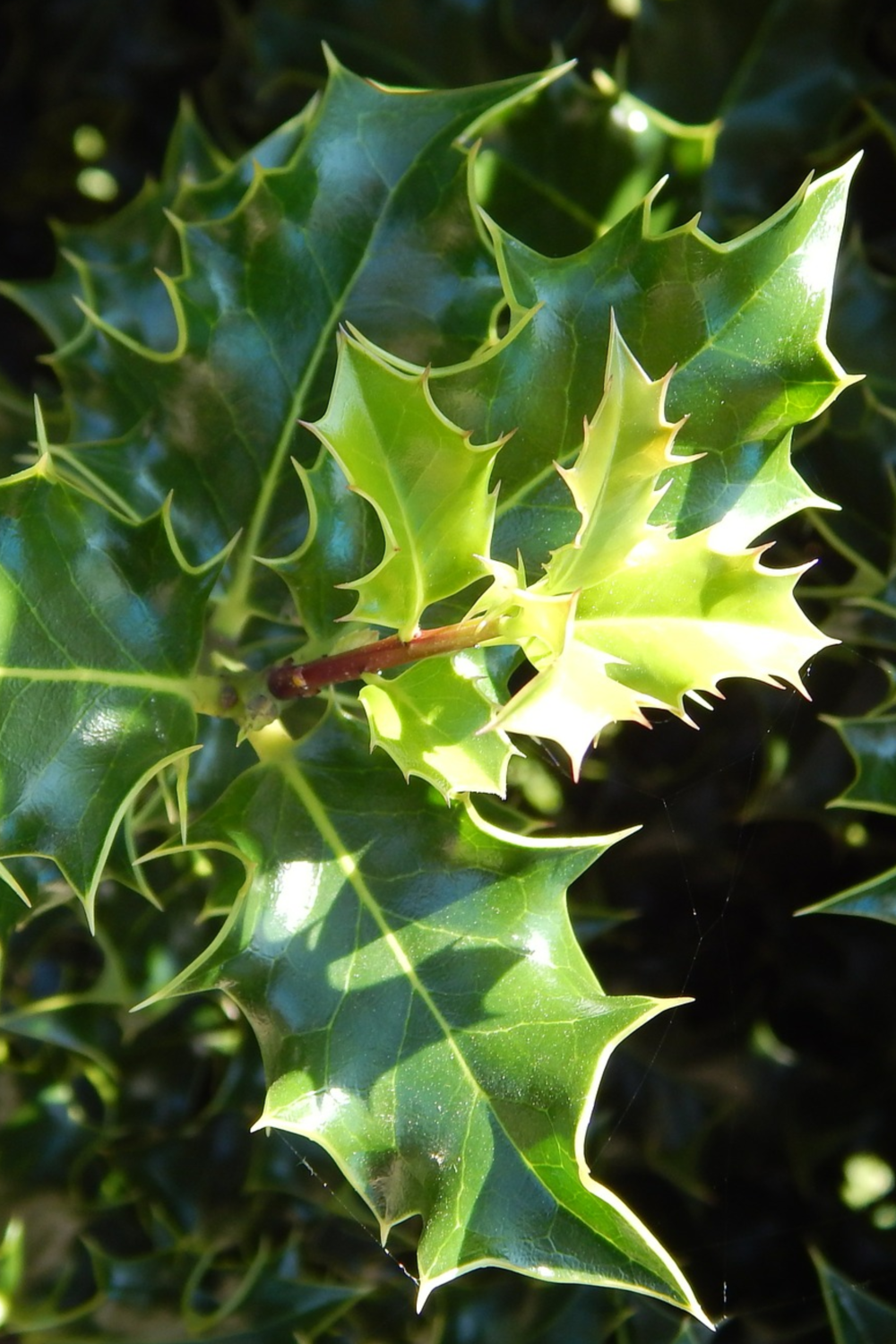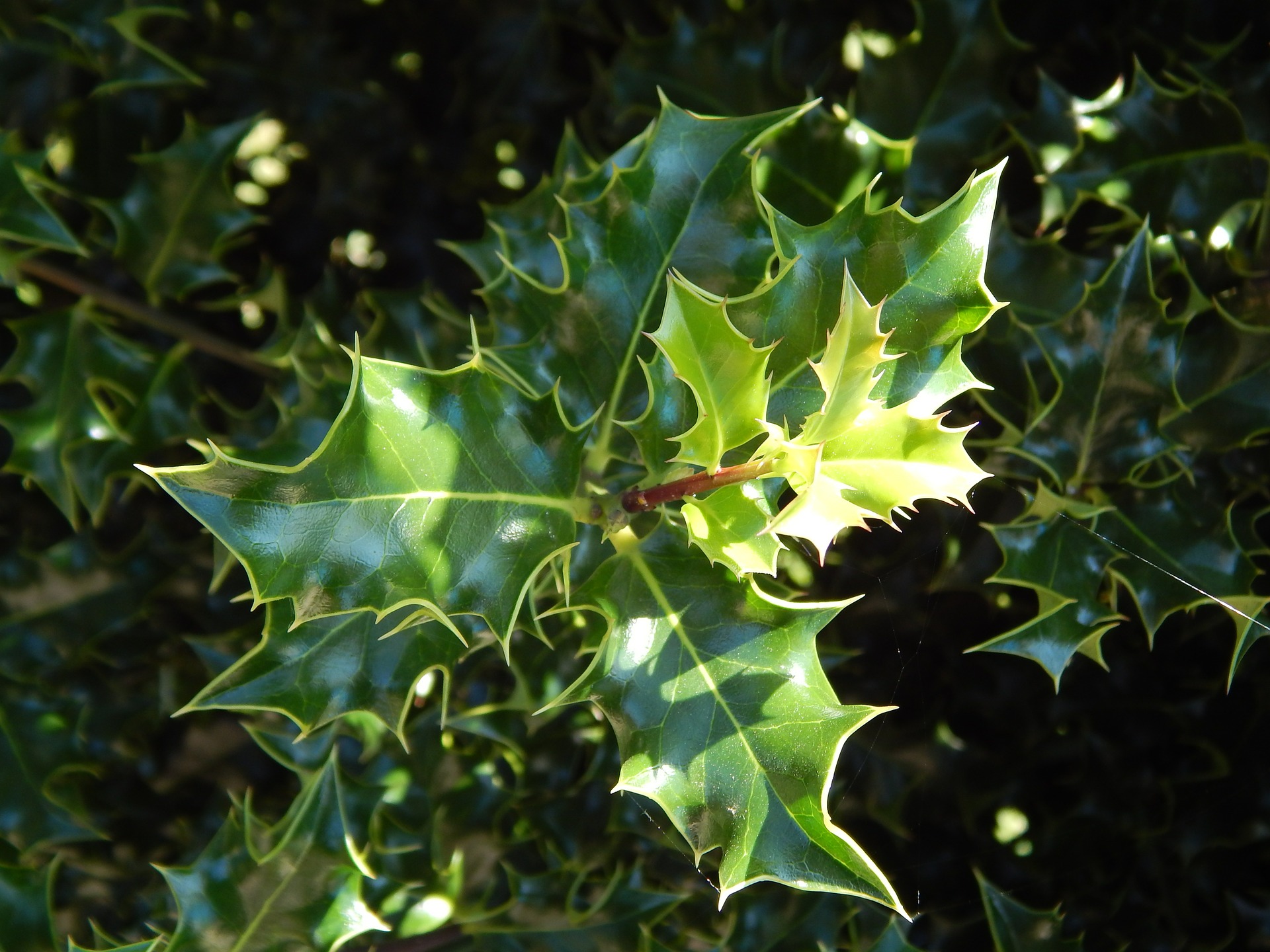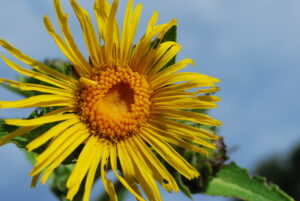Links contained in this post and elsewhere on my website may include affiliate links. When you make a purchase through these links, I earn a commission at no additional cost to you. I only link to products and services that I love - and that I think you will love, too!
The holly and the ivy. Winter decorations wouldn’t be complete without them, but most people don’t give them a second thought the rest of the year. This is a shame, because both have a long tradition of herbal history behind them. The herbal uses of holly are less commonly known than those of English ivy, but it is used in Eastern and Western herbalism. Holly species are also important botanicals in many ethnobotanical traditions.
Holly is a new botanical for me. I’ve always loved it, but didn’t know that it had herbal uses. Just goes to show that herbalism is a life-long art. There’s always something new to learn!
I was introduced to the herbal uses of holly in a recent materia medica class by Matthew Woods (#affiliate). His online materia medica classes are $8 a month and you have access to an incredible amount of recorded material in the archives.
Personally, I’m familiar with American holly (I. opaca) and English holly (I. aquifolium). I also enjoy several hollies as teas (discussed below). After listening to Matt’s class, I went down the research rabbit hole to learn as much as I could about holly. Here’s some of what I discovered!
Please note that holly berries are poisonous. Herbalists today prefer to work with the leaves and roots of specific species.
The information below covers the traditional uses for I. aquifolium, I. opaca, I. pubescens, and I. kaushue. The leaves of many holly species are traditionally used as emetics or laxatives. Please consult a knowledgeable herbalist or trustworthy reference when learning to work with holly if you have questions.
(Read more about holly cautions here)
Herbal uses of holly in Western herbalism
There are many species in the holly family. English holly (Ilex aquifolium) is a European native and most often used in the Western tradition. Maude Grieve, writing in 1931, lists several uses. According to her, holly helps:
- break fevers
- support the lungs during pleurisy
- help the body eliminate excess mucus
She writes:
“Holly leaves were formerly used as a diaphoretic and an infusion of them was given in catarrh, pleurisy and smallpox. They have also been used in intermittent fevers and rheumatism for their febrifugal and tonic properties, and powdered, or taken in infusion or decoction, have been employed with success where Cinchona has failed, their virtue being said to depend on a bitter principle, an alkaloid named Ilicin. The juice of the fresh leaves has been employed with advantage in jaundice.”
Read her full account on holly here.
Holly is also mentioned in King’s American Dispensatory (1898) and in Remington and Wood’s US Dispensatory (1918). They used English holly (I. aquafolium) and American holly (I. opaca) more or less interchangeably, and provide information on several other species of Ilex. You can follow the links in bold for more information.
Eastern herbalism and holly
Other species of holly are used in Eastern herbal traditions. From what I uncovered with a little reading, this includes Korean, Japanese, and Chinese herbalism. TCM uses the roots from I. pubescens. The Pin Yin name is Mao Dong Qing.
Some of the Eastern and Western uses are the same. For I. pubescens and I. aquifolium, these include:
- cough
- asthma
- chest congestion
However, TCM recognizes many other uses that are tied in with the liver, lung, heart, and stomach meridians.
Eastern herbalism traditions also use I. kaushue (syn. I. kudchinga). I thought this paper was particularly interesting. It discusses the potential usefulness of I. kaushue for acute lung injury from a modern research perspective.
Read more about holly and TCM at White Rabbit Institute of Healing
Holly and Native American traditions
As I mentioned, I started reading about holly because of this month’s materia medica class. Herbalists Amanda Nicole and Chris McPadden joined Matt on the webinar and offered their perspectives. More specifically, the class approaches holly and the metaphysical implications of the coronavirus pandemic. It also explores the spiritual links between holly and Bat Medicine in Native cultures.
My training as an herbalist has focused on Western herbalism and TCM, so I don’t have the depth or perspective that Matt does when it comes to Native traditions. If you’re curious, definitely check out his class!
One of the fun things about listening to him teach is that he is equally at home discussing intuitive herbalism and scientific herbalism. He makes really interesting connections because of this approach. The materia medica webinar on holly was no exception! I’m still processing a lot of the information from the class.
Read on below to learn more about holly species you can enjoy as a beverage tea!

Holly as an herbal tea
Other holly species are used in teas. Yerba mate, guayusa, and yaupon are tea hollies. The leaves contain caffeine. All three also have ethnobotanical uses that extend beyond use as a beverage, but this is the way they are best known to most people. Their botanical names are:
- yerba mate (Ilex paraguariensis)
- guayusa (Ilex guayusa)
- yaupon (Ilex vomitoria)
I drink a lot of tea, so I’ve actually tried all three. I didn’t realize at the time that they were hollies! Guayusa is my favorite- it doesn’t contain tannins (so it’s a bit smoother and less astringent than Camellia tea) and also has theobromine (like chocolate). They are a nice change of pace from Camellia teas.
English holly may also be used as a tea. According to M. Grieve in A Modern Herbal (1931) I. aquifolium was used in the Black Forest as a tea substitute.
I also found references for Kuding tea, made with I. kaushue. This article is an interesting research overview of the phytochemistry in holly tea.
Holly as an herbal ally
Like peony and English ivy, holly is a common landscape plant with a surprising herbal history. A good foundation with holly could be a blessing for home herbalists and community herbalists alike. It’s a plant with much to teach us as we navigate the difficult terrain of the pandemic, but is equally at home in our tea cabinets.



Photo credit: pixabay


